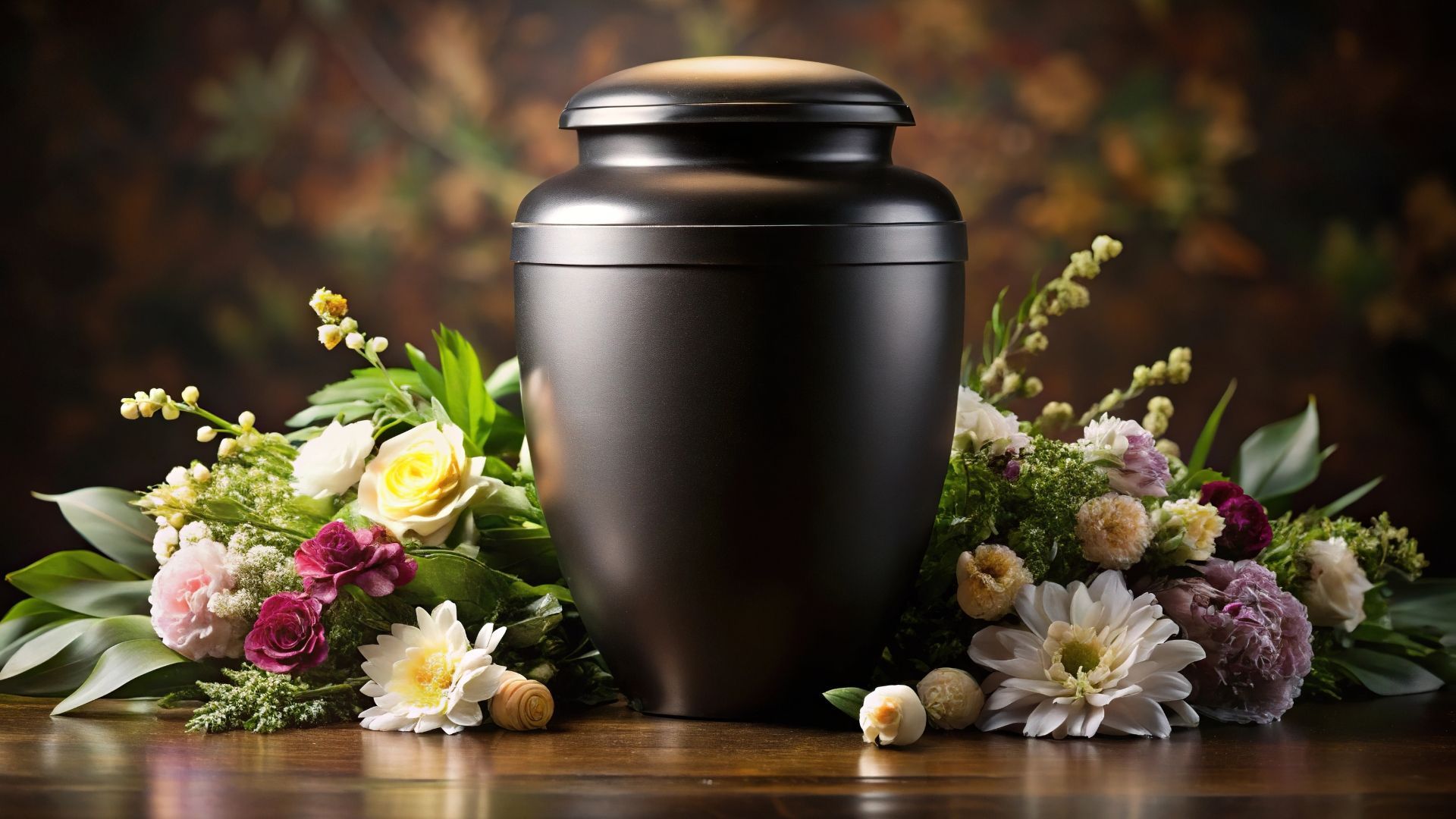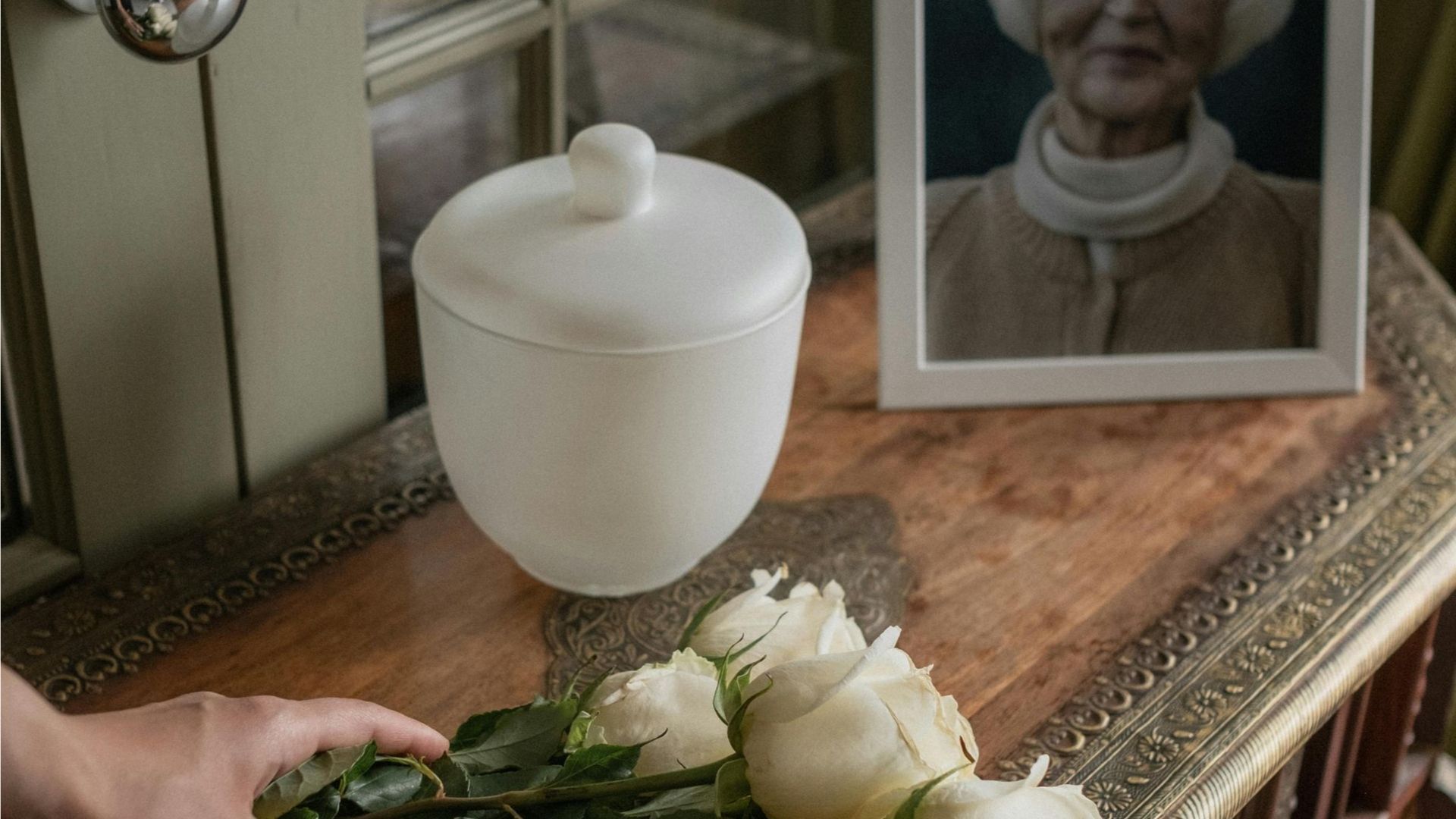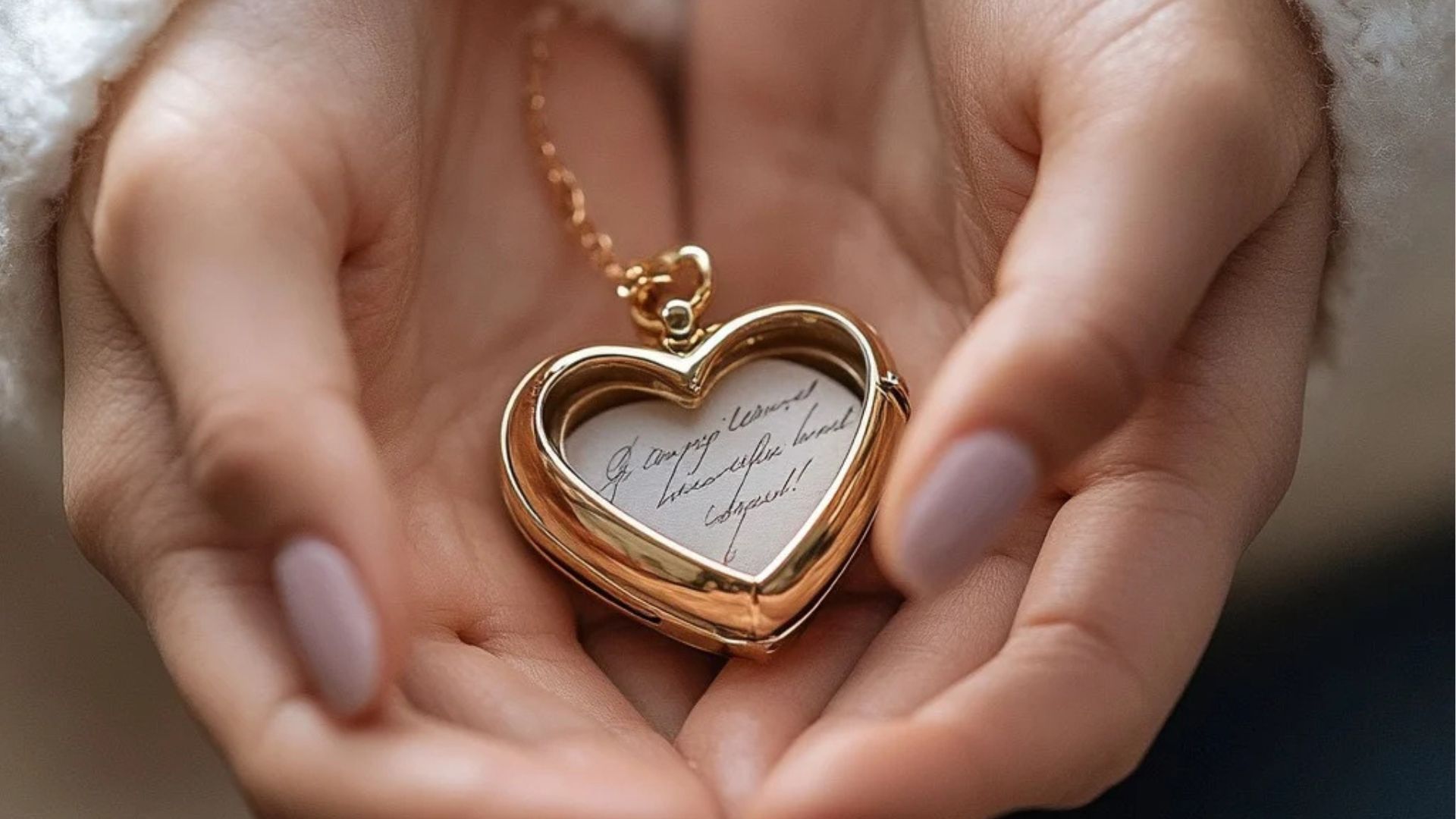How to make a memorial Facebook page
When a person dies, their Facebook page can be memorialised or deleted. Learn how to make it happen.

When a person dies, their Facebook page can be turned into a memorial page or deleted. This depends on their wishes and the wishes of loved ones.
A memorial page is a place where friends, coworkers and relatives can post photos, share memories and connect with each other.
But before you turn the page into a memorial, think about what the person who died would have wanted. Would they be happy to be remembered this way? If you're unsure, it might be best to delete the page instead.
If you decide it's the right thing to do, you can create a memorial page by following the steps on the
Facebook help page.
What happens when an account is memorialised?
When an account is memorialised, friends and family can share memories, stories and photos on the page. The photos and posts of the person who died remain visible to friends and family.
A memorial Facebook page will have the word "Remembering" at the top next to the person's name. It will no longer show up in ads, birthday reminders or People You May Know suggestions.
No one can log into the account. However, a nominated person called a "legacy contact" can manage the page.
What is a legacy contact?
A legacy contact is someone named by the person who died to memorialise their Facebook page.
The legacy contact can respond to friend requests, add a pinned post, change the profile picture and change the cover photo. These options can be accessed by clicking on the bottom right of the cover photo and selecting "Manage".
A legacy contact can also download a copy of the page's original posts and photos.
They can't log into the account, view private messages or remove posts, photos or friends.
The Facebook page is now a memorial. You can choose a pinned post, profile photo and cover photo that reflect the personality of the person who died.
How do I set up a legacy contact?
If you want your Facebook page to be memorialised after you die, you can set up a legacy contact. To do this, you must be over 18.
First, click the dropdown arrow in the top right corner of the page. Choose "Settings". The second option is "Security". Click this to open the Security Settings page.
Find the "Legacy Contact" option and click "Edit". You then type in the name of a Facebook friend and add them as a legacy contact.
At the moment, you can only add a Facebook friend as a legacy contact.
You can send your legacy contact a message to tell them they've been chosen. If you don't, they won't find out until the page is memorialised.
You can also select to have your account deleted after you die. For this to happen, Facebook will need to be notified that you've died.
How do I delete the Facebook page of someone who has died?
Facebook will automatically memorialise a page when notified of someone's death. If you want the page to be deleted, you can contact Facebook directly.
You'll need to provide paperwork to show you're an immediate family member or executor (the person responsible for managing a person's estate after they die). A list of paperwork you need is on the Facebook website
here.
How do I create a Facebook memorial group?
If the person who died asked for their Facebook page to be deleted, you might still want to give them an online memorial. You can do this by setting up a Facebook memorial group.
To do this, click "Create Group" beneath "Groups" on the left-hand sidebar of your own Facebook page. In the popup window, name your group, add members and set privacy settings. Then click "Create".
You can then upload a picture for the group and write a description.

You can also make the group secret. This means that it won't show up in search results. This can be a good idea if you want to protect the privacy of the person who died.
You can now start inviting friends and families to the memorial group.
What can you post on a Facebook memorial page?
The short answer is "anything". A Facebook memorial page is a place to share photos, videos and memories.
Make sure you post on the Facebook page itself. If you post on a link to the page, your comment won't be seen by all the members.
What do other social media sites offer?
You can also make a memorial account on Instagram. Unlike Facebook, you can't name a legacy contact.
When an Instagram page is memorialised, the account is locked. No one can log in. The word "Remembering" will be displayed next to the person's name.
The photos, reels and comments posted by the person who died will stay online. You can't edit or delete them. You also can't remove followers or unfollow any accounts.
You can ask Instagram to remove the account. To do this, fill in a
memorialisation request form. You'll need to provide proof that you're a close family member or executor.
About Treasured Moments
Facebook memorial pages and groups can be great places to share memories about the person who died and connect with their friends, coworkers and relatives. But at Treasured Moments, we go one step further.
We're the UK's only memorial site that crafts every
memorial web page by hand. We tell their story and capture their legacy in detail.
We don't use templates or rules. Each page is personalised to tell the person's story in the most fitting way possible.
Pages can include a professionally written tribute, photos, quotes, poems, messages from loved ones, music, videos and remembrance films.
If you're interested in finding out more, take a look at one of our
sample pages or
get in touch. We'd love to answer any questions you might have.
*Treasured Moments tribute pages are designed to remain online in perpetuity. However, in certain circumstances, such as cessation of business and takedown requests, this may not be possible.
All Rights Reserved | Tresured Moments | Part of My Digital Hero Consulting LTD











